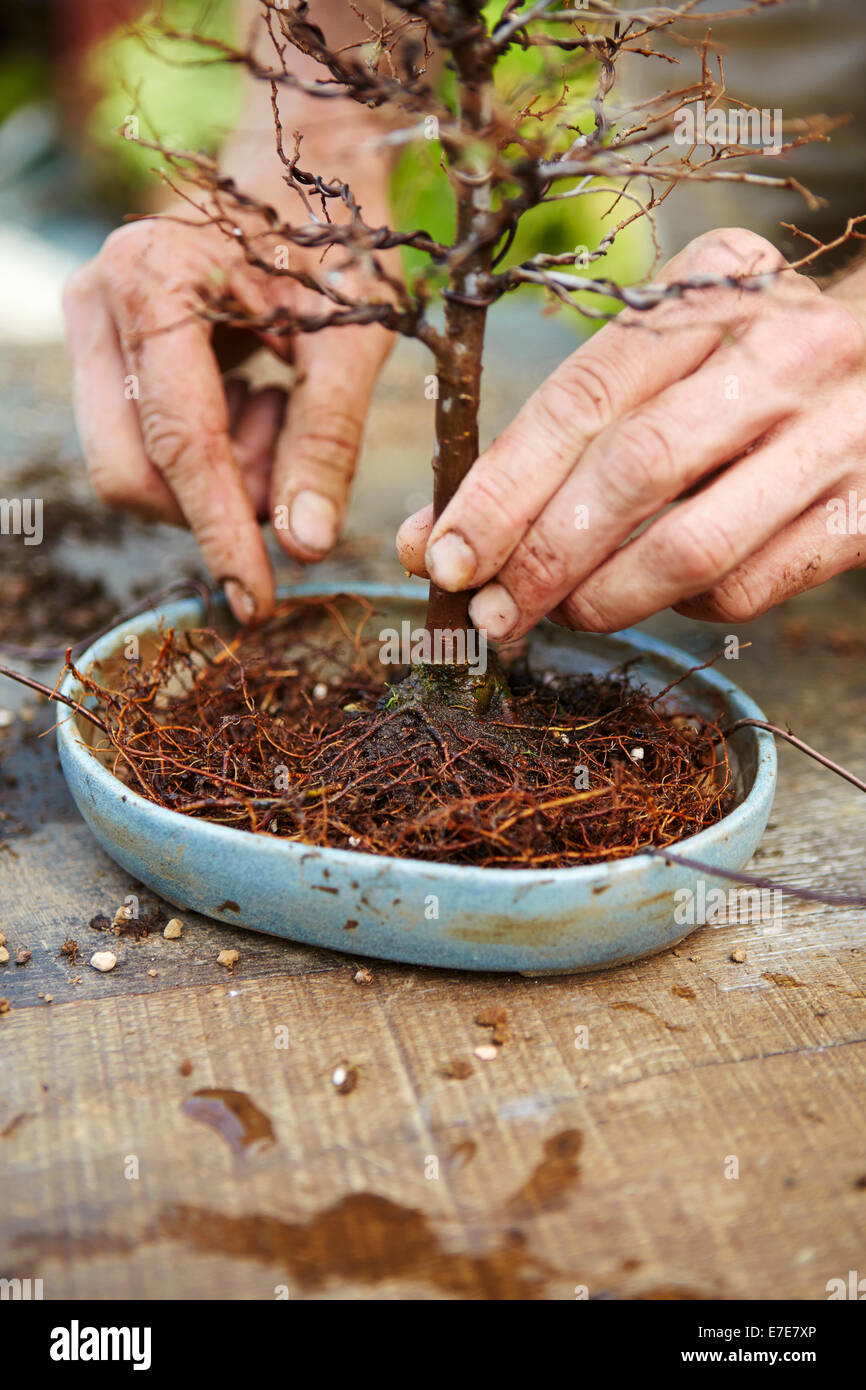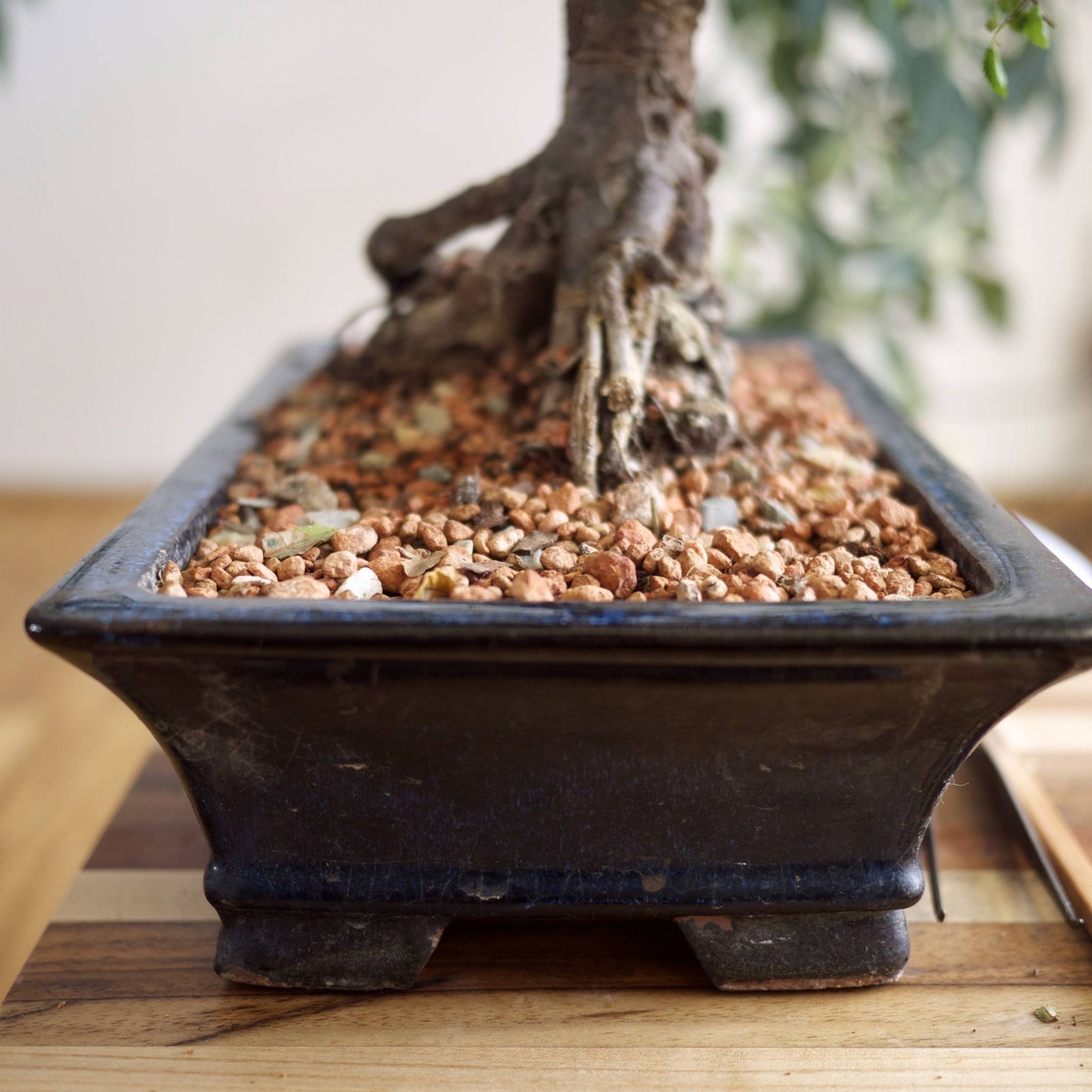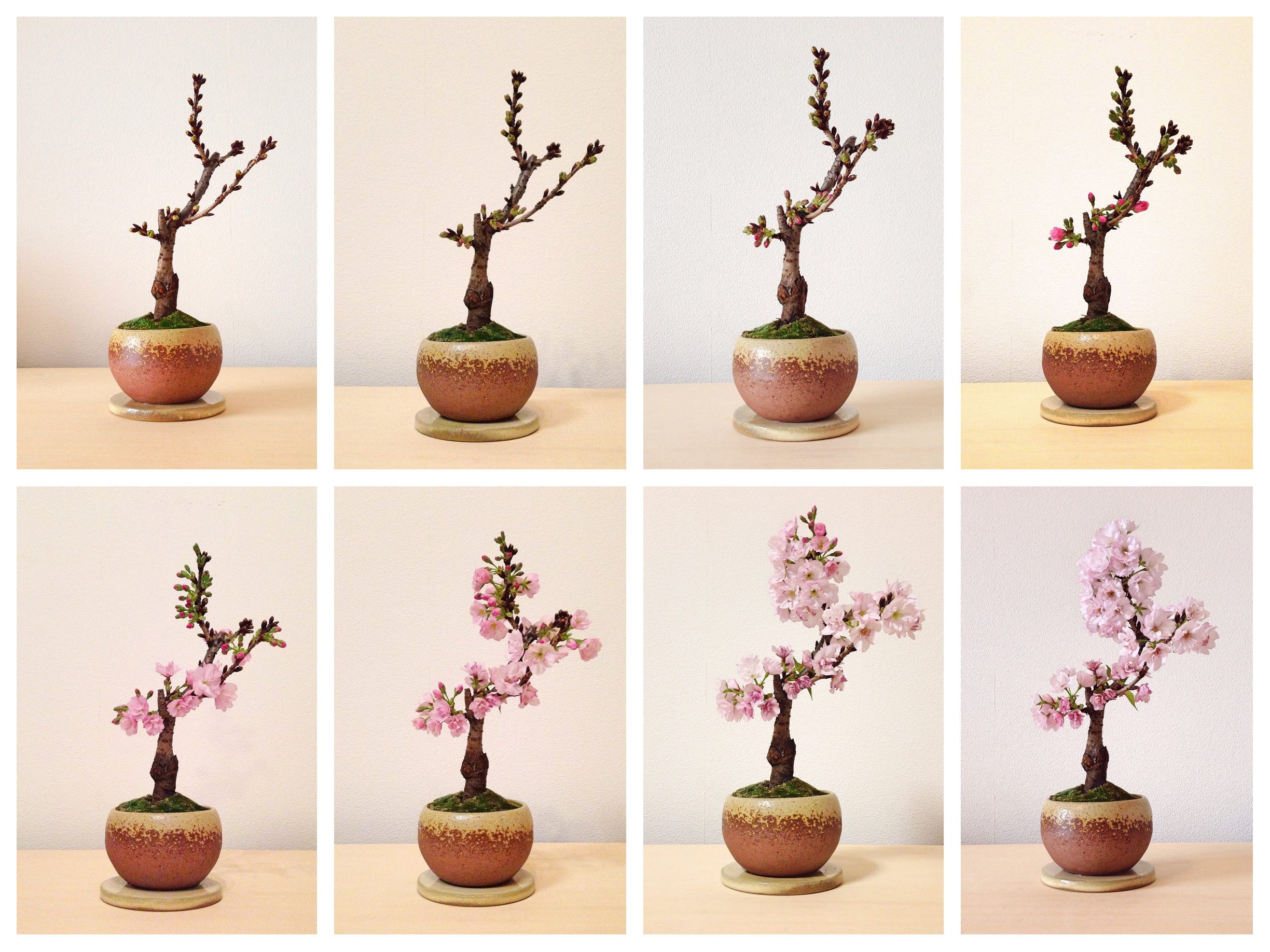Bonsai tree repotting
Table of Contents
Table of Contents
If you love bonsai trees, you know that repotting is a necessary task to keep them healthy and thriving. But did you know that there are certain techniques and timing to repotting bonsai trees that can greatly affect their growth? In this post, we’ll discuss everything you need to know about repotting bonsai trees and how to do it right.
Potential Issues with Repotting Bonsai Trees
Repotting bonsai trees can be a daunting task for beginners, and even experienced gardeners may run into some issues. One common problem is the roots getting damaged during the repotting process. Another issue that may occur is the tree going into shock after repotting, which may cause it to die. If the soil is not well-prepared or well-aerated, the roots may develop root rot or mold, further endangering the tree.
The Purpose of Repotting Bonsai Trees
The primary goal of repotting bonsai trees is to refresh the soil, remove excess roots, and prevent root binding. It also allows the roots to get proper nutrients and oxygen from the soil, thereby promoting healthy growth. Additionally, repotting may help in shaping the tree and maintaining its size.
Summary of Key Points about Repotting Bonsai Trees
When repotting bonsai trees, it’s important to follow proper timing and techniques. Choose the right soil mixture, ensure proper drainage, and water the tree well after repotting. Check the roots for damage, mold, or root rot, and prune the excess ones. Repotting may cause the tree to go into shock, so allow it some time to adjust to the new environment.
Repotting Bonsai Trees Techniques and Timing
Repotting a bonsai tree at the right time is crucial for its health and survival. The ideal period for repotting is during early spring, just before the growing season. When repotting, dig around the bonsai tree with a root rake to loosen the roots from the soil. Be gentle and avoid breaking any roots. Prune the roots to about one-third of their total size, and remove any damaged or dead ones. Make sure the new pot has proper drainage holes and add the soil mixture. Place the bonsai tree in the new pot, level the soil, and water it generously. Finally, cover the top with moss or gravel, which helps in retaining moisture.
Common Mistakes to Avoid with Repotting Bonsai Trees
One common mistake people make when repotting bonsai trees is using the wrong soil mixture. Bonsai trees require a specific type of soil that should be well-draining and airy. Another mistake is repotting a tree too often or too late, which may damage the roots or stunt its growth. It’s also essential to choose the right pot size that allows for proper root growth and prevents root binding.
Understanding the Soil Mixture for Bonsai Trees
Bonsai trees need soil that is well-draining and airy, which allows for the penetration of oxygen and water. Most bonsai lovers use a mixture of Akadama, pumice, and lava rock. Akadama is a type of fired clay that is highly porous and retains moisture, while pumice and lava rock facilitate drainage and aeration. Adding organic matter such as sphagnum moss or coconut coir may also enhance the soil’s water-holding capacity.
The Ideal Pot Size for Bonsai Trees
The ideal pot size for a bonsai tree depends on its age and growth rate. A pot that is too small or too big may stunt its growth or cause root binding. For younger trees, choose a pot that allows for 1-2 years of growth before repotting, while for mature trees, choose a pot that accommodates the root system without cramping it.
Q&A about Repotting Bonsai Trees
Q. Can I repot my bonsai tree in the fall?
A. It’s not recommended to repot your bonsai tree in the fall as it may cause stress to the tree and disrupt its growth cycle. Early spring, just before the growing season, is the ideal time to repot.
Q. How often should I repot my bonsai tree?
A. The frequency of repotting bonsai trees varies depending on the age and growth rate of the tree. Younger trees may require repotting every year or two, while mature trees may need repotting every 3-5 years.
Q. What type of pot should I use for my bonsai tree?
A. Choose a pot that has good drainage holes, is suitable for the size of your bonsai tree, and complements its design. Clay pots, ceramic pots, or plastic pots can work as long as they meet these criteria.
Q. Should I fertilize my bonsai tree after repotting?
A. It’s recommended to wait at least two weeks after repotting before fertilizing your bonsai tree. This allows the tree to adjust to the new environment and avoids over-fertilizing it.
Conclusion of Repotting Bonsai Trees
Repotting bonsai trees is an essential task that requires proper timing, techniques, and soil mixture. It helps in refreshing the soil, removing excess roots, and promoting healthy growth. Avoid common mistakes such as over-repotting, using the wrong soil mixture, or choosing the wrong pot size. Following these tips and understanding the basics can help you maintain healthy and thriving bonsai trees for years to come!
Gallery
Repotting Bonsai Trees ~ Bonsai

Photo Credit by: bing.com / bonsai trees tree repotting growing collect bonzai plantas later garden
Why Is Repotting Bonsai Trees Important? – Everything Bonsai Related

Photo Credit by: bing.com / repotting
Repotting Chinese Elm Bonsai : Chinese Elm Bonsai High Resolution Stock Photography And Images

Photo Credit by: bing.com / repotting ulmus parviflora
Bonsai Tree Repotting | Bonsai Tree Gardener

Photo Credit by: bing.com /
Repotting Bonsai Trees ~ Bonsai

Photo Credit by: bing.com / bonsai repotting trees





